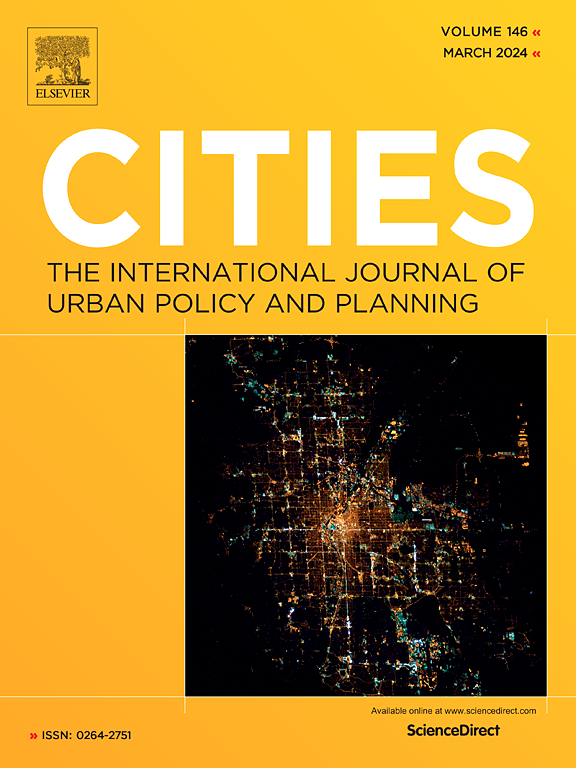“Less is more”: How effective is the joint effect on CCTV crime reduction?
IF 6
1区 经济学
Q1 URBAN STUDIES
引用次数: 0
Abstract
The concept of overlapping surveillance areas from multiple closed-circuit television (CCTV) cameras, known as the “CCTV joint effect,” and its impact on crime reduction may provide valuable insights for crime prevention research and practice. Nonetheless, extant studies fail to provide evidence comparing crime reduction between CCTVs with and without joint effects when installed in a similar environment. This study gap has posed challenges for the assessment and installation of CCTVs. In response to these concerns, we conducted a comparative study utilizing data from 603 partnering businesses that installed CCTVs provided by the “Green Light Project” in Detroit. Employing the weighted displacement difference algorithm, we examined differences in the reduction effect on crime between CCTVs with and without joint effects. The results indicate that the joint effect does not consistently demonstrate a positive impact on the reduction effect of CCTVs. Its impact depends on the number of additional CCTVs, the effective radius, and the crime category. Meanwhile, our findings suggest that the joint effects are more likely to enhance the reduction effect on property crime. If one expects to enhance the reduction effect on violent crimes or the total volume of crime, careful planning of the number and layout of additional CCTVs is necessary. These insights are crucial for optimizing the layout of CCTVs, strengthening crime prevention, and reducing privacy concerns.
求助全文
约1分钟内获得全文
求助全文
来源期刊

Cities
URBAN STUDIES-
CiteScore
11.20
自引率
9.00%
发文量
517
期刊介绍:
Cities offers a comprehensive range of articles on all aspects of urban policy. It provides an international and interdisciplinary platform for the exchange of ideas and information between urban planners and policy makers from national and local government, non-government organizations, academia and consultancy. The primary aims of the journal are to analyse and assess past and present urban development and management as a reflection of effective, ineffective and non-existent planning policies; and the promotion of the implementation of appropriate urban policies in both the developed and the developing world.
 求助内容:
求助内容: 应助结果提醒方式:
应助结果提醒方式:


